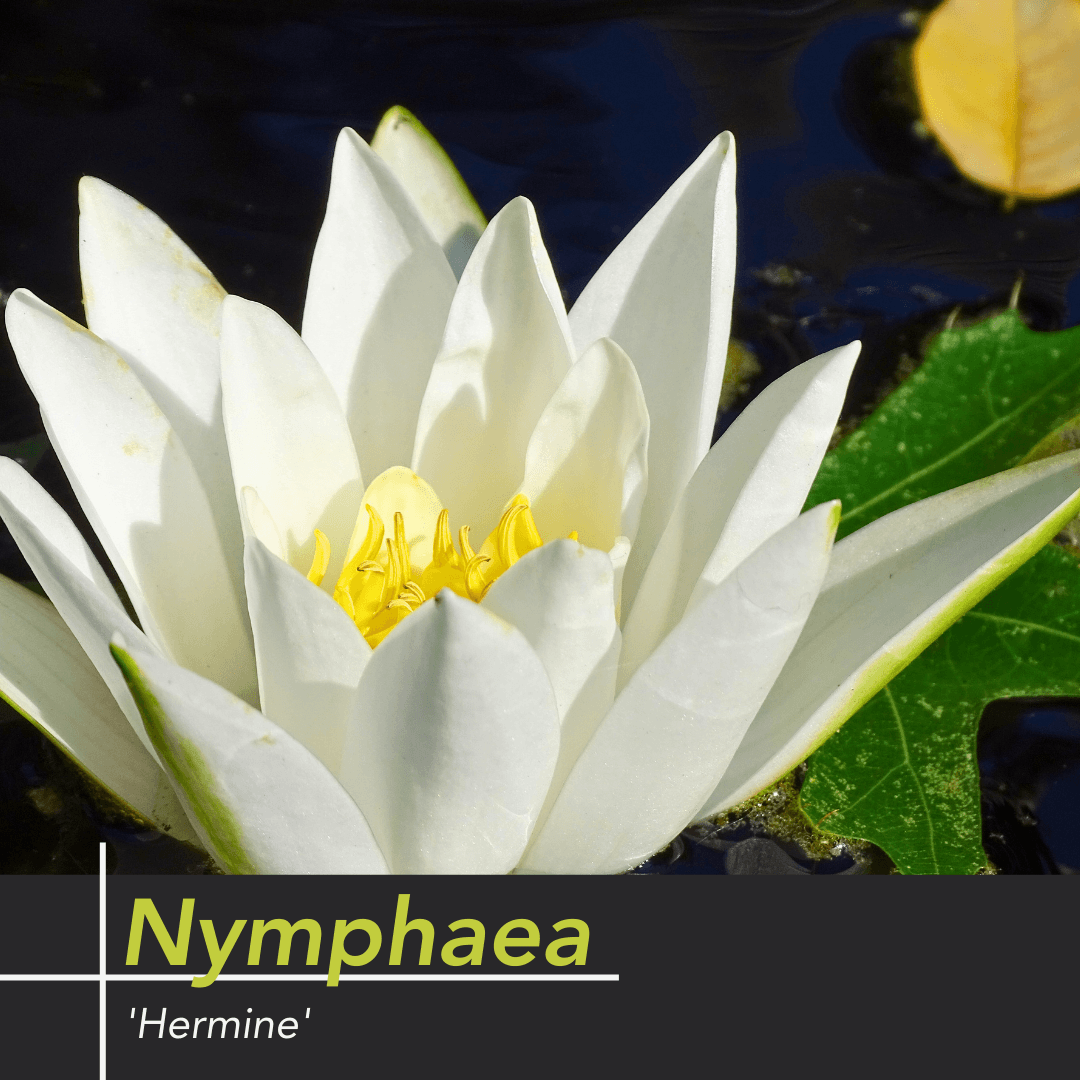This site uses cookies – Learn more.
Dive into our Reflecting Pool Aquatic Garden
Dive into our Reflecting Pool Aquatic Garden
One of my favorite places to work in the park is the Reflecting Pool. Our aquatic garden features three varieties of hardy water lilies, (Nymphaea ‘Hermine’, Nymphaea ‘Detective Erika’, and Nymphaea ‘Marliacea Chromatella’), pickerel rush (Pontederia cordata), and water lettuce (Pistia stratiotes).
Aquatic gardens are an important ecosystem for insects, including dragonflies and bees. Lily pads provide a landing place for thirsty bees, protection for pond life and the shading helps prevent algae growth. Butterflies and bumblebees visit the blooms for nectar, and dragonfly females lay their eggs in standing water, sometimes up to seven hundred eggs! In the nymph and adult stages, mosquito larvae and adults are an important part of a dragonfly diet. Not only are they a joy to watch zoom around the pool, but they also control mosquito populations! A common visitor I have observed is the Blue Dasher Dragonfly, which is common in New York and is now threatened due to wildlife habitat loss and pollution. And since a dragonfly presence indicates a healthy ecosystem, we are thrilled to see them in MSP.
The bloom of our water lilies is hard to miss. When they bloom, they draw in countless patrons, enjoying their beauty and simplicity. It’s not hard to understand why Claude Monet was captivated by them! Until the 19th century, all species that were native to temperate climates with cool winters were white, until French hybridizer Joseph Bory Latour-Marliac successfully bred “Marliacea Chromatella” in 1887, a stunning yellow water lily. It is one of the oldest varieties still in use today, and you can see it on display in our aquatic garden.
Water lily blooms last 3-4 days, and during this stage, you may notice the flowers open during the day and close at night. This is an example of nastic movement, or photonasty, a phenomenon that is associated with changes in light intensity. During the day, they open to receive maximum sunlight and pollination. They close at night to protect from water loss and temperature fluctuations.
Visit our Reflecting Pool aquatic garden to see these fleeting blooms before the end of the season!
-Gaby, Horticulture Manager at Madison Square Park Conservancy








